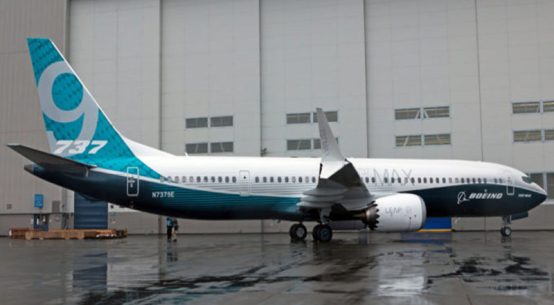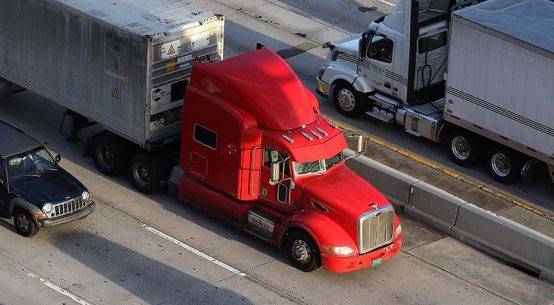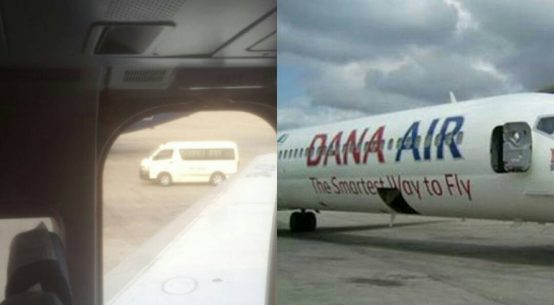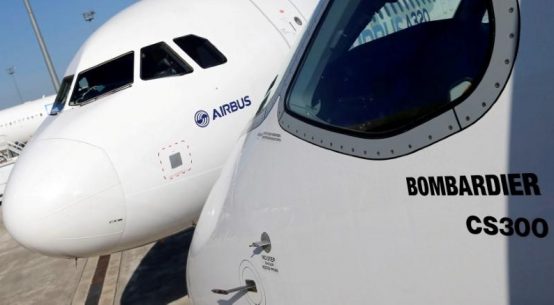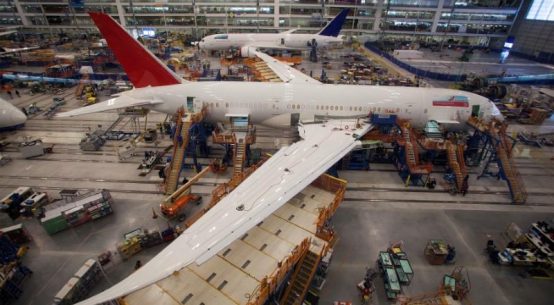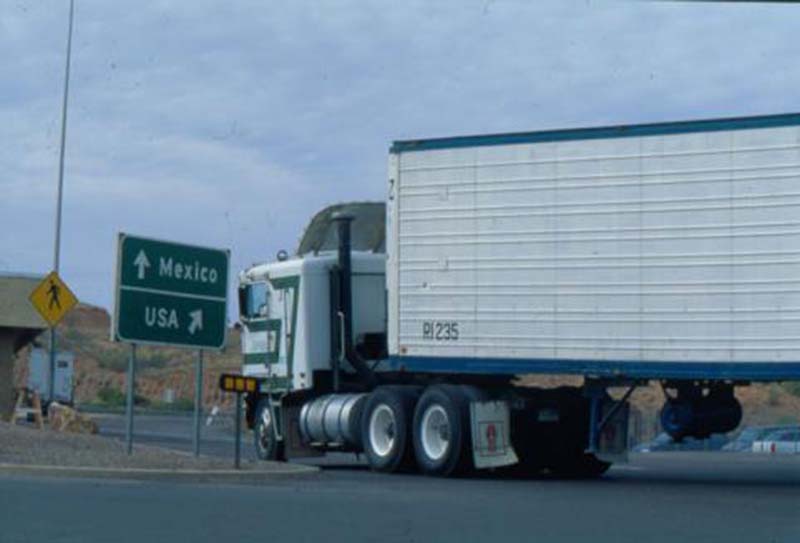
Armed U.S. Customs and Border Protection (CBP) officials can now pre-inspect cargo in Mexico before it crosses the border, and Mexican customs officials have a reciprocal agreement for designated stations in the United States for cargo inspections.
A six-month pilot program that allows the pre-inspection of U.S.-bound cargo in Mexico by U.S. customs officials has launched after six years of negotiations, a U.S. Customs and Border Protection (CBP) spokesperson has confirmed.
 The program, therefore also allows Mexican customs officials to work on the U.S. side of the border to inspect goods headed for Mexico, is intended to speed up the movement of cross-border goods. CBP is currently testing the feasibility of a cargo pre-inspection program with Mexico’s Tax Administration Service (SAT), said CBP spokesperson Roger Maier.
The program, therefore also allows Mexican customs officials to work on the U.S. side of the border to inspect goods headed for Mexico, is intended to speed up the movement of cross-border goods. CBP is currently testing the feasibility of a cargo pre-inspection program with Mexico’s Tax Administration Service (SAT), said CBP spokesperson Roger Maier.
According to Maier, the program is “designed to facilitate the movement of legitimate trade and reduce congestion at ports of entry and is a customs process where the examination of participating goods and conveyances is performed at specially designed and designated customs facilities in the exporting country.”
The program has been kept relatively quiet and had a “soft opening” at three ports of entry on Nov. 13, without media coverage, due to the sensitivity of the program, Maier said. One issue that stalled progress for years was Mexico’s unwillingness to allow armed U.S. Customs agents to work in Mexico.
The three ports that are hosting the program include Otay Mesa in California, Laredo International Airport in Texas, and the Santa Teresa-San Jeronimo crossing, which is located just north of El Paso in New Mexico.
U.S. Customs officials are currently inspecting computers and other electronic goods that originate from the Taiwanese electronics giant Foxconn manufacturing plant south of the border from Santa Teresa. The goods then cross the boarder in semis via a special lane installed by the state of New Mexico. A reciprocal arrangement permits armed Mexican Customs agents to prescreen Mexico-bound goods at the Laredo International Airport.
CBP agents are also working in Mexico at the Otay Mesa port of entry between San Diego and Tijuana to inspect agricultural goods coming into the U.S. from Baja, Mexico. Maier said that the inspection process on both sides of the border will comply with exporting and importing requirements of each country. The program also reserves the right of customs officials on both sides to “examine such goods and conveyances again upon arrival into their respective territory,” he said.
Follow us on TWITTER for more Logistics News Follow us on FACEBOOK for more Logistics News
In 2011, SAT and CBP mutually agreed to conduct cargo pre-inspection pilot programs under the Joint Declaration on 21st Century Border Management, Maier said. In 2015, the government of Mexico revised their federal firearms and explosives law, allowing foreign customs and immigration agents to carry a sidearm in certain established zones where customs and immigration-related activities are carried out.
When asked about the success of the program, Maier said CBP cannot speculate on what may happen in the future or at other locations.




